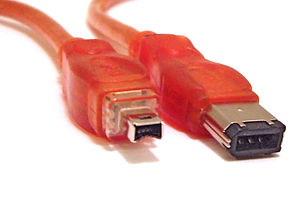
Olympus C-470 ZOOM
The Olympus C-470 Zoom sets a new standard for digital cameras. An impressive list of high quality features including four million-pixels, 3x optical zoom and the unique Olympus 1.8” anti-glare LCD screen are combined for the first time with an unbeatable competitive price.
Features
* 4.0 million pixels
* 3x optical zoom (equiv. to 35–105mm on a 35mm camera) f3.1-5.2
* 1.8 inch sunshine LCD (134,000 pixels)
* 8 scene programmes (e.g. Portrait, Night Scene and Indoor)
* Movie recording function with sound
* PictBridge support
* TruePic TURBO image processor
* Ergonomically designed body
Supplied with:
* 16MB xD-Picture Card
* New rechargeable battery (LI-12B, 1230mAh) and charger
* Olympus Master 1.0 software
The C-470 ZOOM is planned for release in October 2004, priced £219.99 ($299).
Above all, the C-470 ZOOM strikes a perfect balance between usability and Olympus’s renowned strict technical standards. With a resolution of four million pixels and the TruePic TURBO image processor (enabling better picture quality and reduced processing time), this camera captures images in the finest detail. This high performance is boosted even further by a precision 3x optical zoom lens (equivalent to 35–105mm on a 35mm camera) featuring three aspherical elements. Finally, for even better close-ups, a seamless 4x digital zoom provides a total magnification power of up to 12x.
Handling all this photographic power is made easy by a range of scene programmes. For most users and conditions the automatic shooting mode is perfect. However, the Olympus C-470 ZOOM also includes eight programme modes for more tricky situations such as portrait, indoor, beach and snow scenes. Users may also switch to a movie mode, with sound, in which recording is only limited by the amount of available memory.
With all these easy-to-use options it will be a challenge to put the camera down. Fortunately, the Olympus C-470 ZOOM comes with a new, long-lasting lithium-ion battery. And when it’s time to print the images, PictBridge support makes it easy to print directly on compatible printers, such as the Olympus P-10.


























